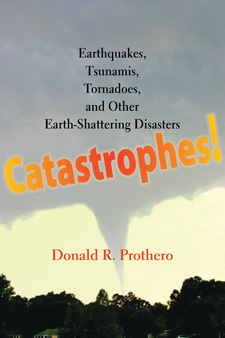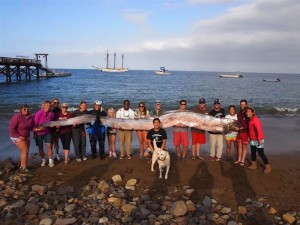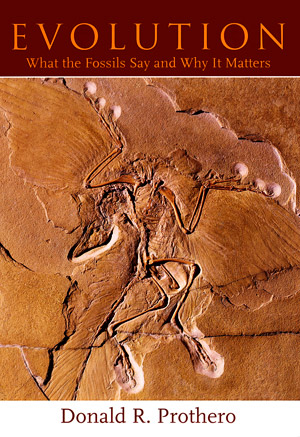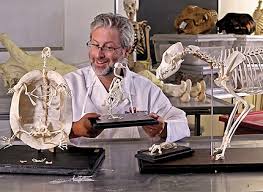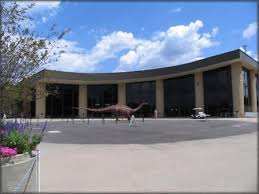How many real creationists are there?
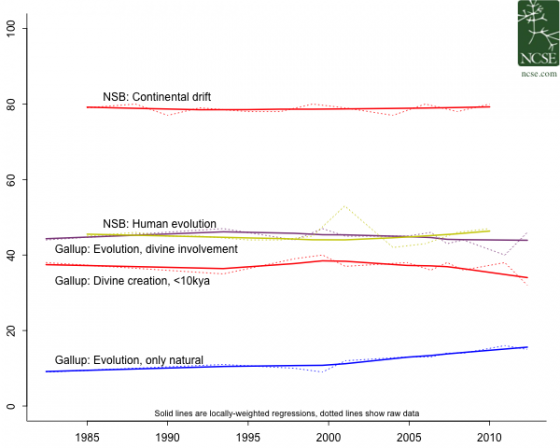
When you break down the polls and question Americans about their acceptance of specific scientific ideas like continental drift and animal evolution, a much higher percentage are NOT creationists
For decades now, the Gallup Poll has surveyed Americans about their belief in evolution and creation. Year in and year out, the numbers seem to remain constant: about 40-45% of Americans appear to be Young-Earth creationists (YEC). The exact phrasing of the question is as follows:
Which of the following statements comes closest to your views on the origin and development of human beings: human beings have evolved over millions of years from other forms of life and God guided this process, human beings have evolved over millions of years from other forms of life, but God had no part in this process, or God created human beings in their present form at one time within the last 10,000 years.
For decades about 44% of the respondents agree to the last answer (YEC), another 37% chose the first answer (theistic evolution, ID creationist), and only 12% favor the second answer (non-theistic evolution). Gallup wrote these questions decades ago before there was much understanding of how the framing of a question can bias the answer, and for decades, they have kept the question the same so comparisons remain consistent. But social scientists know that polls can be very misleading, especially in the way the question is framed to force certain responses. For example, the Gallup poll only gives us three possibilities, and load two of the answers with “God”, which is an obvious bias right from the start. In addition, there is good evidence to suggest that human evolution is the real sticking point, and that most people don’t care one way or another if non-human creatures evolve or not. What if we asked people what they thought about specific scientific ideas, independent of emotional issues like “God” and “humans”?

